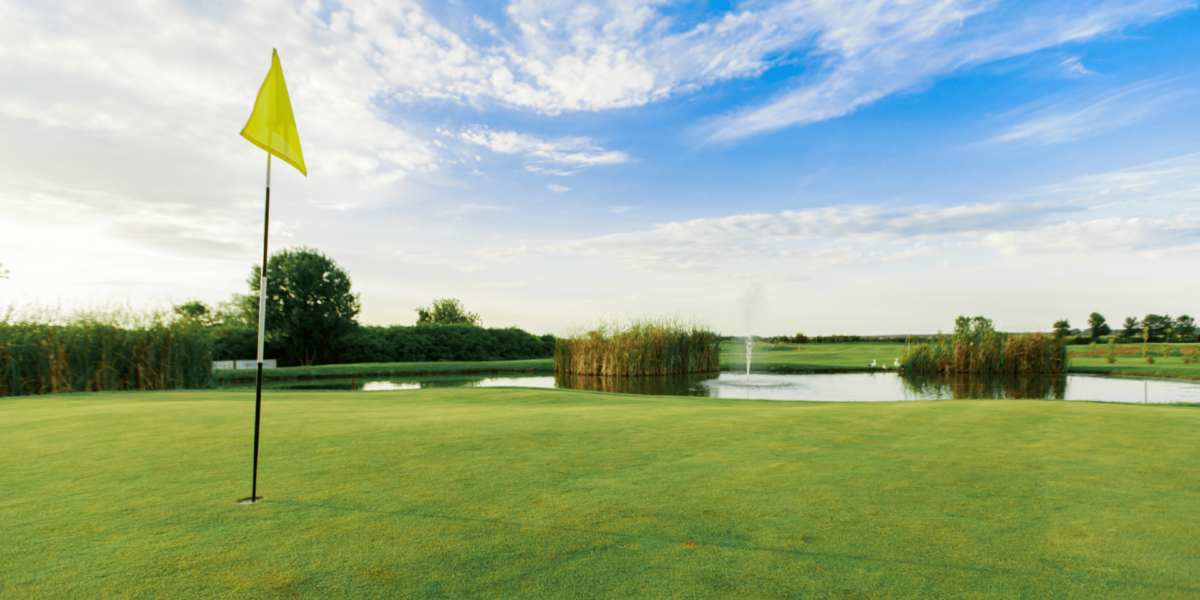Beaufort Golf Club Wakes with the Sunrise
At first light, Beaufort Golf Club begins its quiet transformation. The early morning mist hangs low over the fairways, softening the lines of bunkers and trees. Groundskeepers move silently across the course, prepping greens and raking bunkers. Their presence marks the start of another full day.
The Course Breathes in Silence Before Play Begins
Before the first golfer arrives, the course holds its breath. Dew coats every blade of grass. Water hazards remain still. The air carries the scent of wet soil and trimmed greens. These moments define the natural rhythm of the grounds, untouched by footsteps or carts.
Fairways Catch the First Signs of Movement
As the sun rises, its light stretches across the fairways. The first players arrive with quiet steps and careful swings. Golf bags rest against tee markers. Practice swings cut through the air. Conversations stay low. The morning belongs to those who seek calm in routine.
Iron Swings Echo Through the Trees
The sound of an iron meeting ball breaks the quiet. Trees lining the holes absorb the echo. Players track their shots against the still sky. Club selections reflect more than distance—they show focus, planning, and restraint. Each swing shapes the pace of the round.
Mornings Define the Player’s Approach
Golfers walking the course in the early hours move with intent. The cool air demands attention to grip and pace. Greens remain slick. Shadows play tricks with depth perception. Strategy comes into sharper focus before the pace of the day increases.
Course Design Becomes Clearer in Morning Light
As daylight strengthens, the layout reveals itself. Slopes, bunkers, and tree placements show their challenge. Beaufort’s design doesn’t favor speed. It favors thought. Each hole asks something different from the player. From elevated tees to narrow approaches, the morning light brings every detail into view.
Nature Shares the Space With Golfers
Birds move through the trees. Small animals cross the edges of rough terrain. The early tee times offer a brief window where golf and nature share the space in balance. This coexistence remains one of Beaufort’s defining qualities.
Clubhouse Activity Starts to Build
While the course holds its quiet rhythm, the clubhouse begins to stir. Staff prepare breakfast service. Grounds reports arrive from maintenance crews. First tee times check in. The morning shifts into gear without rushing, following a schedule shaped by habit and need.
Walking the Course Builds Focus
Players who choose to walk instead of ride experience the course differently. Every step between holes sharpens awareness. They note the softness of the grass underfoot or the way the breeze shifts between open spaces and tree lines. These details affect play, mindset, and pace.
Beaufort’s Identity Forms in the Early Hours
By mid-morning, the mist fades, and the sun claims the fairways. But it’s the early walk, the careful swing, and the sound of the course before the crowd that defines the Beaufort experience. Morning doesn’t just open the day—it reveals the character of the club itself.









